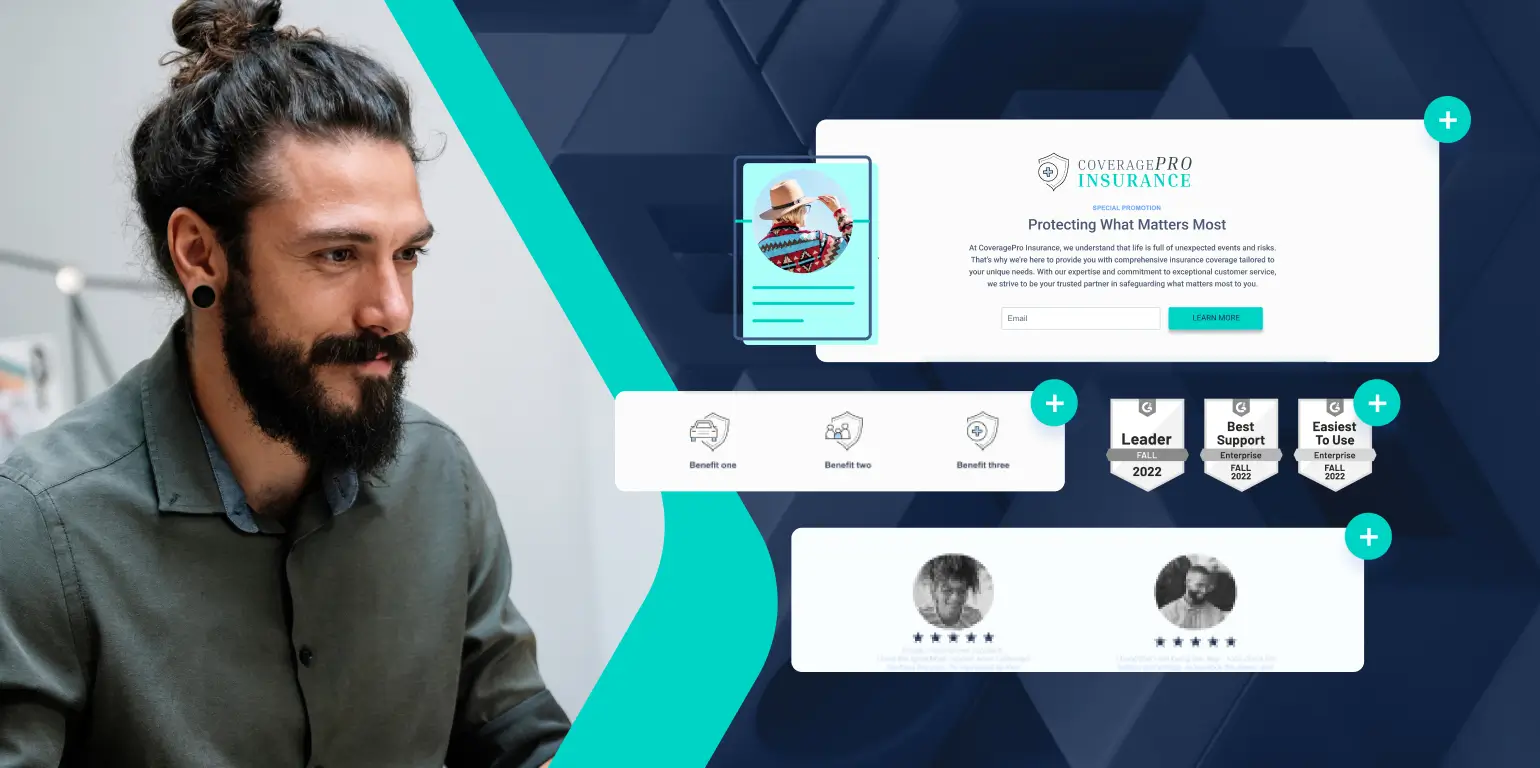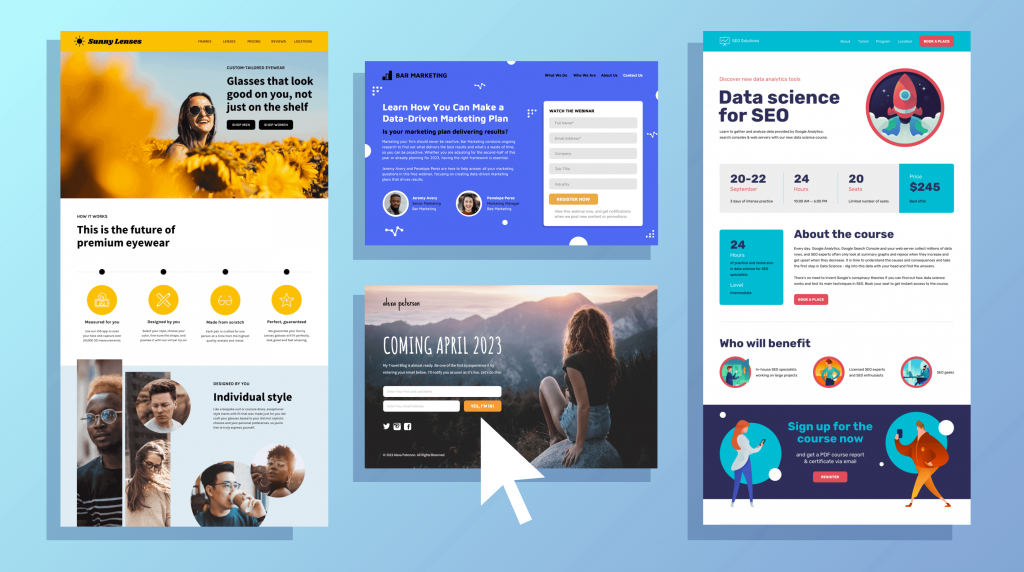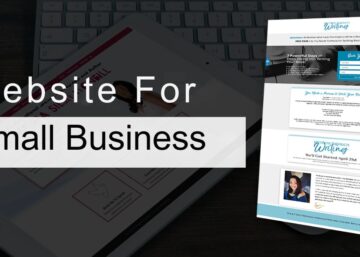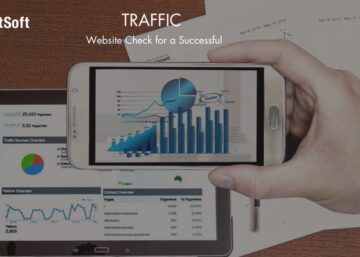In today’s digital marketing landscape, landing pages play a critical role in converting visitors into leads or customers. A well-designed landing page can significantly impact your marketing efforts, driving more conversions and ultimately leading to greater success for your business. In this article, we’ll explore the anatomy of an effective landing page and why it is essential for your marketing strategy.
What is a Landing Page?
A landing page is a standalone web page designed specifically for a marketing campaign. It serves as the entry point for visitors who click on an advertisement or a link in an email, guiding them toward a specific action, such as signing up for a newsletter, downloading a resource, or making a purchase. Unlike other pages on your website, landing pages focus solely on one objective.
The Anatomy of a Successful Landing Page
To create a landing page that converts, you need to understand its essential components:
Before diving into the redesign, it’s crucial to outline your primary objectives. Are you looking to improve user experience, increase conversions, or enhance brand visibility? Your goals will dictate the direction of the redesign. Understanding what your visitors expect from your website and how you can deliver it is fundamental to an effective redesign strategy.
1. Compelling Headline
The headline is the first thing visitors see. It should be clear, attention-grabbing, and relevant to the offer. A strong headline can capture the visitor’s interest and encourage them to stay on the page.
2. Engaging Subheadline
A subheadline complements the main headline, providing additional context about the offer. It should reinforce the value proposition and encourage users to read further.
3. High-Quality Images or Videos
Visual content is crucial for engaging visitors. Use high-quality images or videos that are relevant to your offer. Visuals can help illustrate your message and make it more relatable.
4. Clear Call to Action (CTA)
The CTA is one of the most important elements of a landing page. It should be clear, actionable, and prominently displayed. Use contrasting colors to make it stand out and ensure that the language is direct, encouraging users to take the desired action.
5. Benefit-Oriented Copy
The copy on your landing page should highlight the benefits of your offer. Explain how it solves a problem or adds value to the visitor’s life. Use bullet points for easy readability and to emphasize key benefits.
6. Social Proof
Including testimonials, reviews, or case studies can build trust with your audience. Social proof demonstrates that others have had positive experiences with your product or service, making visitors more likely to convert.
7. Minimal Distractions
A successful landing page should have a single focus. Remove unnecessary navigation links and distractions that could divert visitors from the main goal. Keep the design clean and straightforward.
Why Use a Landing Page?
1. Higher Conversion Rates
Landing pages are specifically designed to drive conversions. By focusing on a single goal and using persuasive elements, they often achieve higher conversion rates than standard web pages.
2. Targeted Marketing Campaigns
Landing pages can be tailored for specific marketing campaigns, allowing you to create personalized experiences for different audience segments. This targeted approach increases relevance and engagement.
3. Improved Tracking and Analytics
Landing pages allow you to track user behavior and measure the effectiveness of your campaigns. By analyzing metrics such as conversion rates and user engagement, you can optimize your marketing strategies for better results.
4. Enhanced User Experience
A well-designed landing page provides a streamlined experience for visitors, guiding them toward the desired action without unnecessary distractions. This improved user experience can lead to higher satisfaction and loyalty.
5. Increased Brand Awareness
A landing page can effectively communicate your brand’s value proposition and unique selling points, helping to build brand awareness and recognition among your target audience.
At NetSoft, we specialize in crafting high-converting website designs that are tailored to your business needs. Whether you’re redesigning for better user experience or increased conversions, we can help you achieve your goals. Visit our web design services or contact us at +971 50 2194018 for a consultation today!

FAQ
1. What is the difference between a landing page and a website homepage?
A landing page is designed for a specific marketing campaign and focuses on a single objective, while a homepage serves as the main entry point to a website, offering various links and information.
2. How do I create an effective landing page?
To create an effective landing page, focus on a clear objective, use compelling headlines and CTAs, incorporate high-quality visuals, and minimize distractions. Additionally, ensure mobile responsiveness and test various elements for optimization.
3. Can I use the same landing page for multiple campaigns?
While it’s possible, it’s generally more effective to create dedicated landing pages for each campaign. This allows for more tailored messaging and a focused approach that resonates with specific audience segments.
4. How can I improve my landing page’s conversion rate?
To improve conversion rates, consider A/B testing different headlines, CTAs, and layouts. Analyze user behavior, gather feedback, and continuously optimize based on data-driven insights.
5. Should I include a lead capture form on my landing page?
If your goal is to collect leads, including a lead capture form is essential. Keep it simple by asking for only the necessary information to encourage more visitors to complete it.



